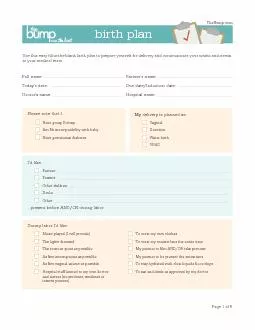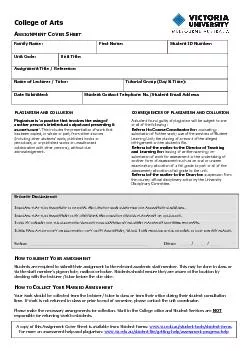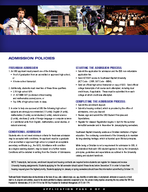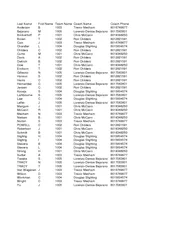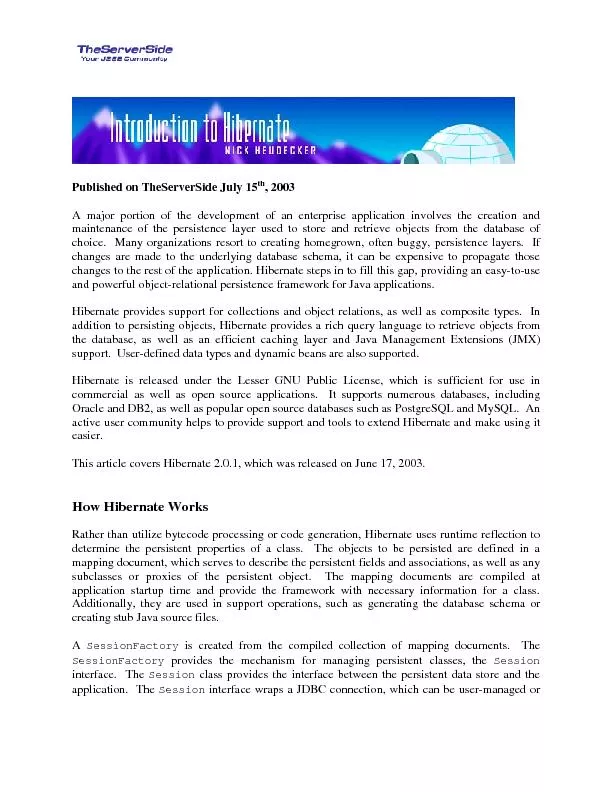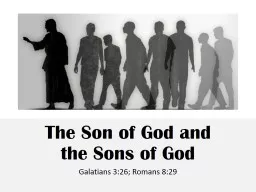PPT-In the name of God Layegh
Author : BlueberryBelle | Published Date : 2022-08-03
p assistant professor of endocrinology amp metabolism Mashhad University of Medical Sciences MUMS Role of RET protooncogene in management of patients with MTC
Presentation Embed Code
Download Presentation
Download Presentation The PPT/PDF document "In the name of God Layegh" is the property of its rightful owner. Permission is granted to download and print the materials on this website for personal, non-commercial use only, and to display it on your personal computer provided you do not modify the materials and that you retain all copyright notices contained in the materials. By downloading content from our website, you accept the terms of this agreement.
In the name of God Layegh: Transcript
Download Rules Of Document
"In the name of God Layegh"The content belongs to its owner. You may download and print it for personal use, without modification, and keep all copyright notices. By downloading, you agree to these terms.
Related Documents


